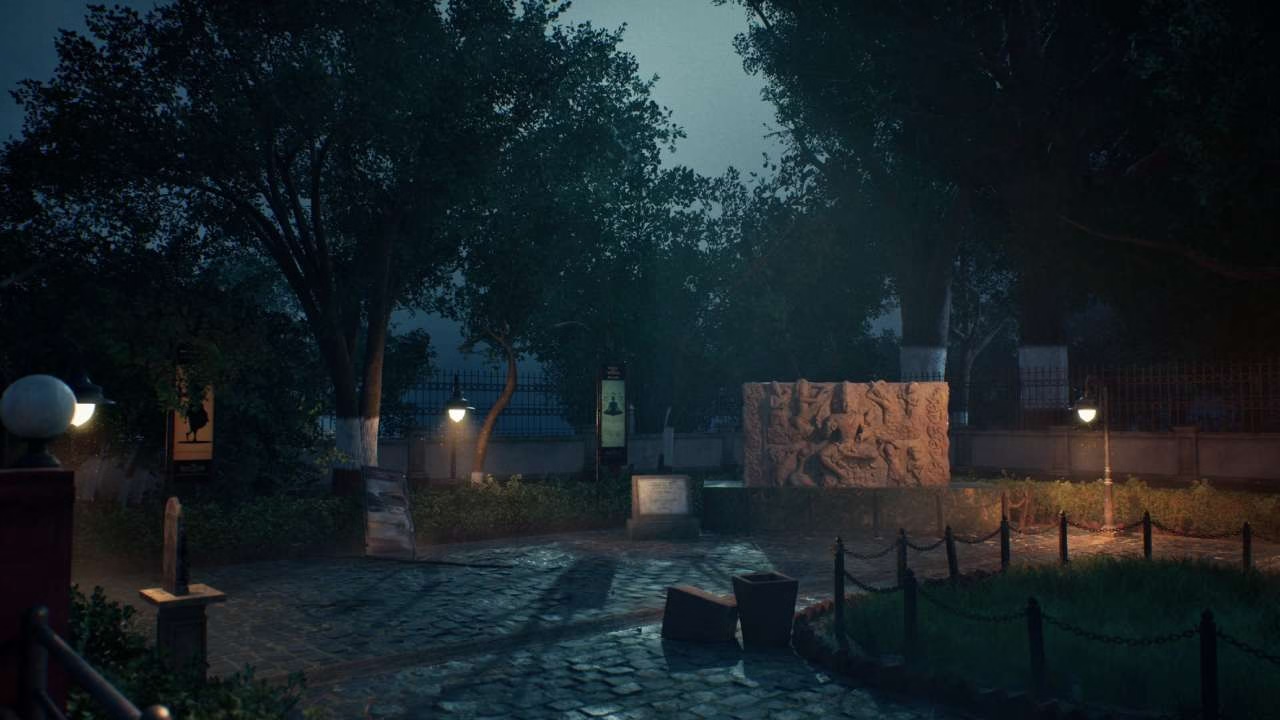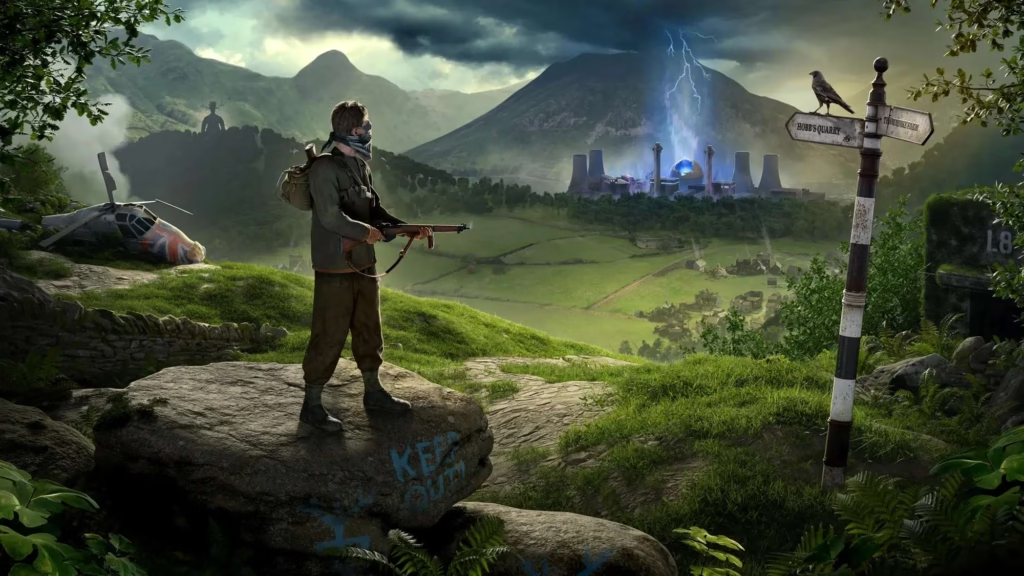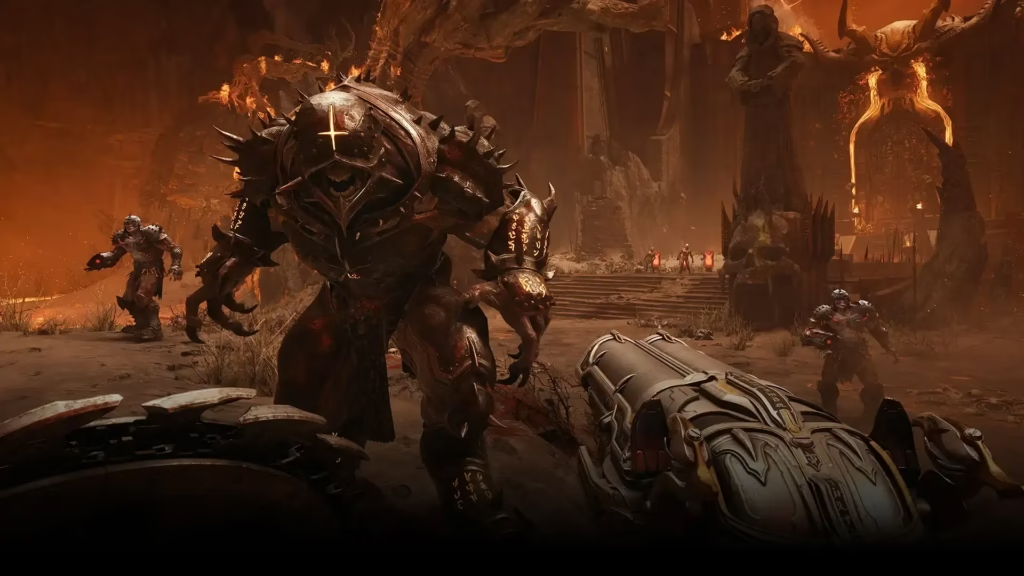“Mukti is a story of liberation. We wanted to create a story that is a bit dark, but something we believe is important for people to experience,” says Vaibhav Chavan, founder and CEO of underDOGS about the studio’s upcoming first-person narrative-driven game. The game that got its first gameplay trailer last week is set in contemporary India (the year 2007, to be precise) and touches upon the theme of human trafficking. “While we are talking about human trafficking in the game, we are taking an explorative approach to the awful practice rather than a normative one filled with ‘do this’ and ‘don’t do this’,” Vaibhav quickly points out.
The seed of the idea
His research into the topic began around seven years ago and it poured into the story of Mukti, which happens to be about someone who has experienced human trafficking. “Although it was irrelevant to what would become the story of the game, we had met a couple of survivors back when we were in the midst of research, and it was horrific to even hear their stories,” he recalls, “And so, we wanted to bring up that topic through the medium of videogames, and reach a large audience on a global scale.”

But why this theme in particular? Before beginning life as a games developer, Vaibhav was deeply involved in theatre. “Experimental theatre, to be precise,” he notes, “And as such, you usually try and bring to the table concepts that are out of the box and wouldn’t generally work commercially. At this point, I had this curiosity to learn about topics that are important and needed to be talked about.” As it turned out, the time between 2017 and 2019 saw the publishing of numerous news stories about incidents of human trafficking.
“Unfortunately, I kept coming across a lot of these articles and then started digging deep, conducting research and building a story around it,” Vaibhav says, “And that was the essence that we carried into the studio years later, where we decided that there was this story that was very layered and needed people to experience it.”
The game, so far
Back in 2023, Polish studio Starward Industries released The Invincible, a narrative-driven game I’d been eagerly awaiting. All of the preceding video trailers and teasers, publicity materials and such had hinted at a game that looked incredible and told a great story. Unfortunately, when I started playing the game, I realised to my utter disappointment that there wasn’t really much to do in the game beyond walking around from one telegraphed cue to another. After watching the (admittedly still pre-alpha) gameplay trailer of Mukti, a wisened and chastened me began to get vaguely similar impressions.
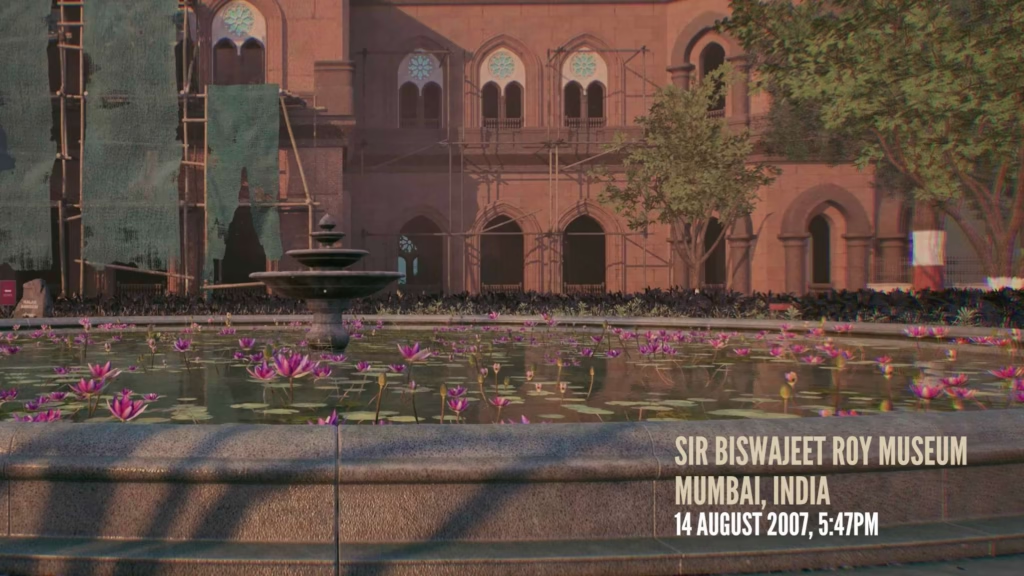
Vaibhav is quick to allay those fears (for now, anyway). “One of the key things with the gameplay trailer was not to touch upon the story at all,” he explains, “We actually wanted to put out a tiny glimpse of the gameplay and to demonstrate the visual fidelity of the game in its present state. In terms of gameplay, this is a first-person exploration game in the truest sense. There’s traversal and there are a whole host of puzzles for you to solve.”
He goes on to talk me through the major gameplay loops, entailing walking through the environments, exploring their contents, inspecting elements and attempting to figure out the story behind each of those. “Since we’re going with a hyperrealistic art style, you can actually experience each of those objects in a bit more detail,” Chavan explains, “If it’s a 3D object, you can rotate it 360° and examine every side of it; if it’s a normal piece of paper, it’s flippable.” And while these objects are heavily involved in the game’s puzzles, there’s another set of objects that lend themselves to Mukti‘s puzzles: Those you can’t lift or flip.
“When it comes to bigger artefacts, we have a mode that we call ‘immersive mode’ in which you can enter a zone with the object at the centre and walk around to check out its details,” Vaibhav explains, “And then as you move forward, you’ll find that each of these large objects has its own set of mechanics based on some of the smaller puzzles. So the player will have to slide, push and pull things. Essentially, every puzzle type starts with the smallest one and then builds to an environmental puzzle.”
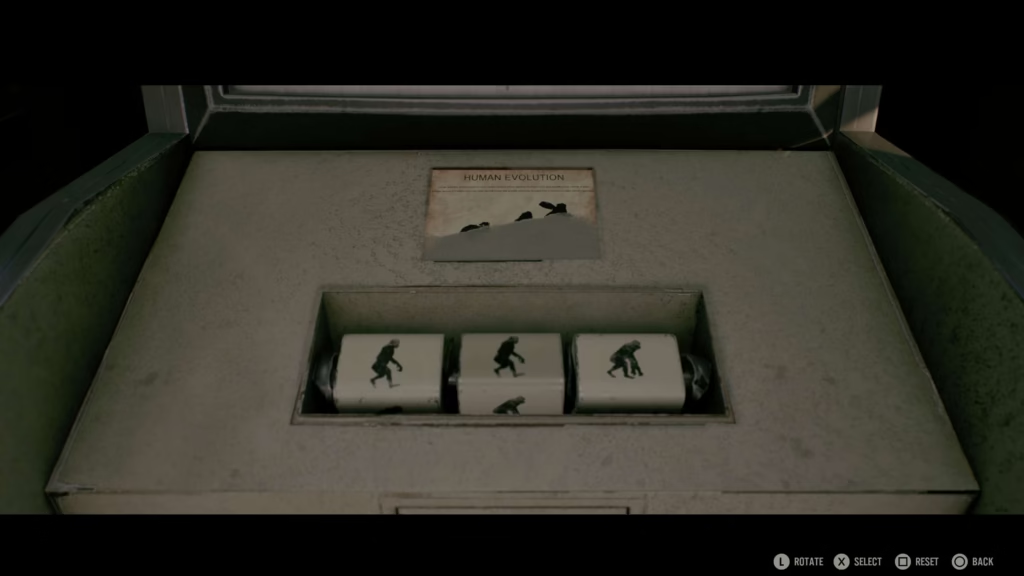
The Sony connection
“There have only been so many advancements made in first-person exploration environments and associated mechanics over the past 15 to 20 years,” he says, “And so we had to do something different — so what we are trying to do is to leverage a lot more features from the DualSense.” The PlayStation 5 controller is widely considered to be among the most immersive input gamepads around. It has achieved this status as a combined result of its adaptive triggers, unique haptics, built-in microphone and speakers, motion detectors and touchpad that work quite well together.
“We’ve been looking at simple things that can bring about a much bigger impact in terms of the player experience, like the opening of a door, for instance,” Vaibhav offers, “There’s a haptic involvement there, but it’s not a simple vibration; it’s a gradually increasing phenomenon. Similarly, we’re utilising the way the DualSense sends vibrations across the controller for other experiences.”
Interestingly, the Sony link goes deeper than a desire to squeeze every drop of feedback out of the DualSense. Early last year, Mukti was announced as one of the games that would be part of the first cohort of Sony’s India Hero Project — an incubator programme devised to identify and promote developer talent in the country. “It’s an honour, but also a huge responsibility towards other devs, for us as members of the first cohort,” admits Vaibhav, “If this first cohort fails, then there will be no second, third or any other cohort. And so it’s very important for us to deliver the game successfully.”
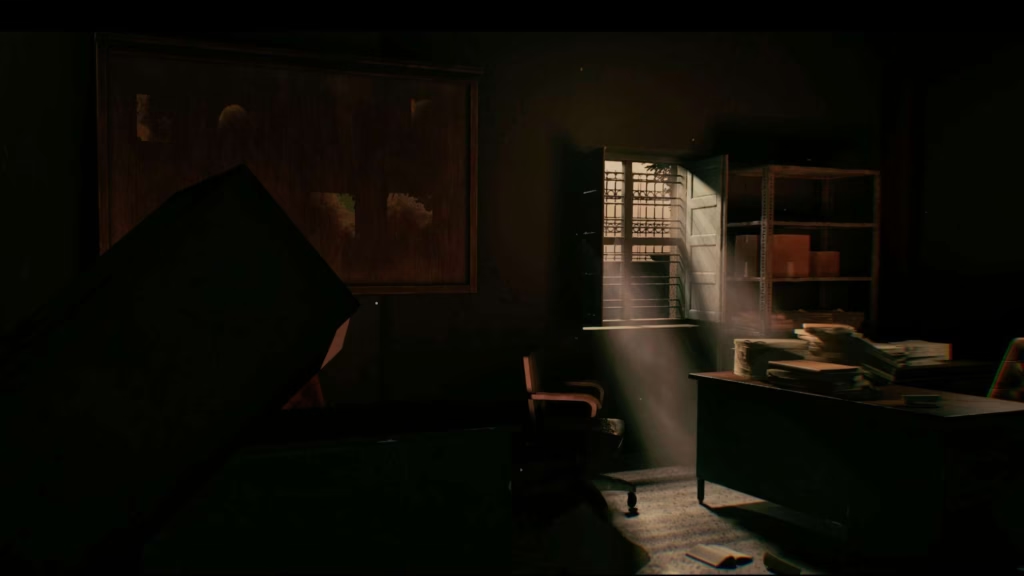
Describing Sony as having been like an ‘elder brother’, he elaborates on the various areas in which the Japanese giant has come in clutch for underDOGS. “To begin with, whenever we’ve had any challenges, they bring the best person available, arrange a call and help us sort it out. Sony’s also been very helpful in terms of helping us license stuff like Unreal, Wwise and Bink Video,” he says, “During the initial stages, we used to have four or five calls a week with them. People say, ‘Sony’s given you money’, but the money part is just a tenth of what Sony brings to the table. Their philosophy is to build a studio, not just a game.”
The journey
A computer engineer who describes himself as being from a very middle-class Maharashtrian family, Vaibhav states he was never too keen on becoming an engineer, and always leaned towards the creative arts. “I was good at programming and after graduating in 2007, I saw an opening at Indiagames for a trainee game designer. At the time, it was a dream job for me,” says the developer of around 250 games across DTH, web-based and mobile platforms since then. His journey took him to Games2Win, Hungama and Culttales Interactive, a studio he founded — with his breakout title coming in the form of 2015’s Skatelander.
“That game was one of the first from India to get an international publisher — Spil Games from the Netherlands,” he recalls, “Ours was also one of the first Indian games to be nominated at Casual Connect Singapore and Casual Connect USA, and so 2015 was a gamechanger for us.” The game’s success brought underDOGS fame, money and B2B requests. Until that point, the studio had been making games for gaming companies, but after 2015, they began working with brands, digital agencies, film production houses and a slew of websites. And all along, Vaibhav maintains that his team has always been a lean one numbering around 15 members. “Even today, we are a 15-person company,” he says, “But this is only possible because 80% of the team is extremely experienced, and we have vendors and studios to whom we outsource art creation and asset creation. Plus, there are a few consultants too. But underDOGS is a 15-person team.”
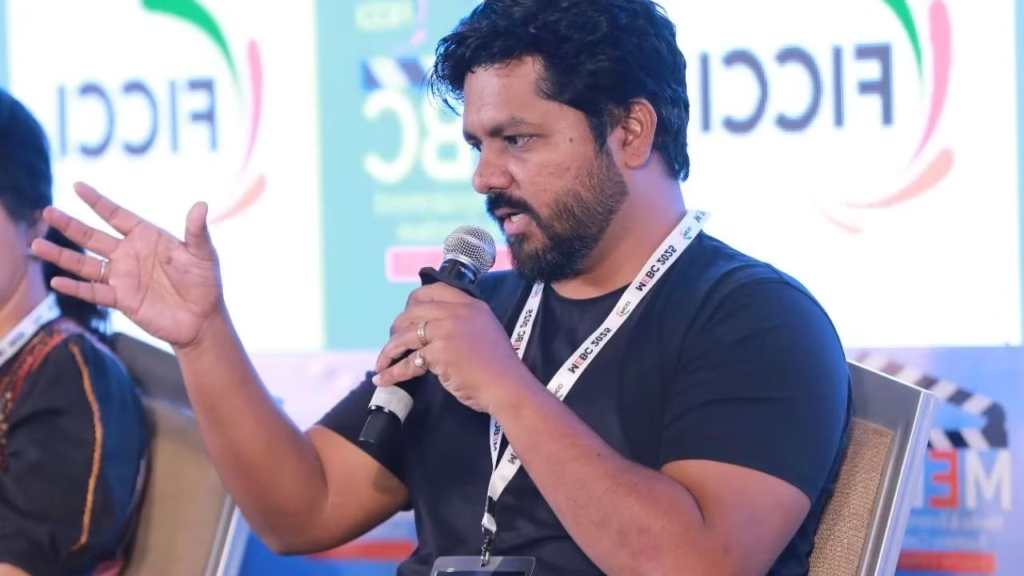
Quite expectedly, it hasn’t been all smooth sailing for Vaibhav and team, and the first obstacle they faced was a common one in creative industries: funding and the lack thereof. Fortunately, some grants (including one from Unreal) and the Sony India Hero Project deal sorted out this particular hurdle. The next one, though, took a bit more work: technical expertise. “We all know India has talent and can discuss all day long how Indians can do wonders, but what we lack massively is experience,” he says bluntly, “It is a hard fact that India lacks the experience to ship huge AAA titles. This is something that really hit home when we started working with Sony in February last year.”
The team began to realise then that there were certain things they knew very little to nothing about. For instance, many aspects of optimisation were alien to them, and it soon became clearer that most of the Indian ecosystem was also in the dark about these things. “Only the biggest studios who work with international AAA studios might be aware all of these things,” he opines, “But as we started learning more and more, with Sony handholding us to help understand all these techniques, we made sure that we built this sort of culture within the DNA of the studio. And so even if people quit and new people join, that expertise will remain.”
Countdown to launch
At the time of writing, the game does not have a finalised launch window, never mind date, and that’s completely understandable. The game is still very much in a pre-alpha phase. “We’ve got a few more milestones to hit and we’re in constant talks with Sony about where we need to be,” he says, “Internally, we have some sort of understanding on the timelines but it’s too early to divulge anything publicly.”
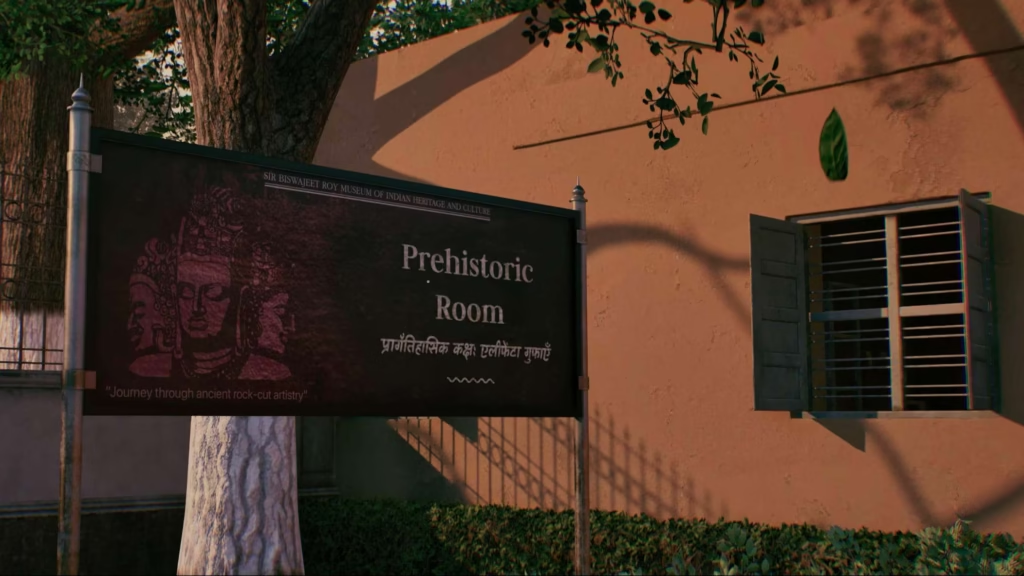
Citing game development studio The Chinese Room and the games Everybody’s Gone to the Rapture, What Remains of Edith Finch, Gone Home and Firewatch as key inspirations, Vaibhav aims to bring a flavour of authentic, contemporary India to the world at large — in much the same way as Everybody’s Gone to the Rapture brought a Shropshire village into living rooms across the globe. “Gamers have been playing games set on American and European backdrops for decades. And the reason we’re seeing a lot of Chinese games doing well now is because they’re giving players a fresh space in which to play,” he points out, “Similarly, one of our USPs is going to be the backdrop of modern India — distinct from the mythological space — in all its detail.”
And right before we exchange pleasantries and go our separate ways, Vaibhav has one last bit of news. “There is a major element of the game that we will be revealing in the next couple of months,” he gushes enigmatically, “I can’t say much about it right now but it’s going to a game-changing element, the most unique aspect of Mukti. It will make the whole game much more immersive overall. In fact, it’s one of the reasons why we got into the India Hero Programme. So wait for that announcement!” And while we do that, here’s a look at last week’s gameplay trailer.
